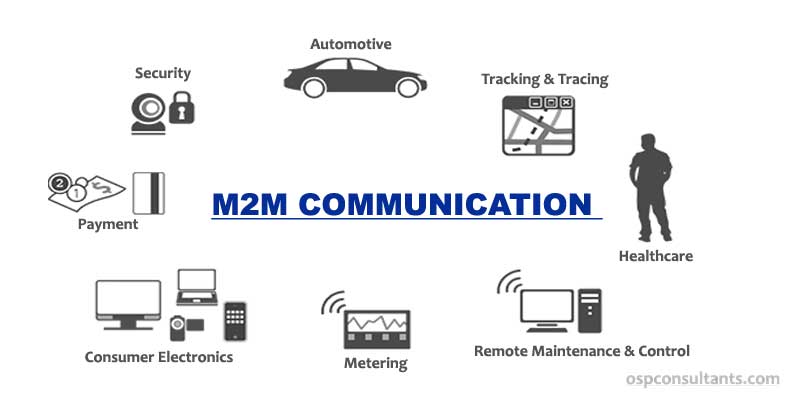Guidelines for Registration Process of M2M Service Providers
Title: Navigating the Registration Process: Guidelines for M2M Service Providers (M2MSP)
In today’s interconnected world, Machine-to-Machine (M2M) communication has become the backbone of numerous industries, facilitating seamless data exchange between devices and systems. As the demand for M2M services continues to soar, it’s imperative for M2M Service Providers (M2MSPs) to adhere to rigorous registration processes to ensure compliance, security, and efficiency. Navigating these processes can be daunting, but with the right guidelines, M2M Services Providers can streamline their registration journey. Let’s delve into some essential pointers to facilitate a smooth registration process for Machine-to-Machine Services Providers.

Understand Regulatory Requirements:
Before initiating the registration process, M2MSPs must familiarize themselves with the regulatory landscape governing M2M services in their respective regions. Regulations may vary across jurisdictions, encompassing aspects such as licensing, spectrum allocation, data protection, and security standards. By understanding these requirements upfront, M2MSPs can align their operations and technical capabilities accordingly, ensuring compliance from the outset.
Gather Necessary Documentation:
The registration process typically entails submitting a plethora of documentation, ranging from business licenses and certifications to technical specifications and security protocols. M2MSPs should compile all requisite documentation meticulously, ensuring completeness and accuracy. Common documents may include proof of incorporation, network architecture diagrams, security policies, and service agreements. Thorough documentation is vital for expediting the registration process and demonstrating compliance to regulatory authorities.
Establish Robust Security Measures
Security is paramount in M2M communication, given the sensitive nature of data transmitted between devices. M2MSPs must implement robust security measures to safeguard against cyber threats and unauthorized access. This entails deploying encryption protocols, access controls, intrusion detection systems, and regular security audits. By demonstrating a commitment to security best practices, M2MSPs instill confidence in regulators and clients alike, fostering trust in their services.
Ensure Network Reliability and Resilience:
Reliability and resilience are cornerstones of M2M services, particularly in mission-critical applications such as healthcare, transportation, and industrial automation. M2MSPs must design and maintain networks capable of delivering high availability and seamless connectivity. This involves deploying redundant infrastructure, failover mechanisms, and proactive monitoring tools to mitigate service disruptions. By prioritizing network reliability, M2MSPs enhance the overall quality of service for their clients.
Facilitate Interoperability:
Interoperability is essential for M2M ecosystems to function cohesively, allowing disparate devices and systems to communicate seamlessly. M2MSPs should adhere to standardized protocols and interfaces to facilitate interoperability across heterogeneous networks. Embracing industry standards such as MQTT, CoAP, and OPC UA enables M2MSPs to integrate with a diverse range of devices and platforms, fostering interoperable solutions for their clients.
Engage in Continuous Improvement:
The M2M landscape is dynamic, characterized by rapid technological advancements and evolving market demands. M2MSPs must adopt a culture of continuous improvement, staying abreast of emerging trends, technologies, and regulatory developments. By investing in research and development, M2MSPs can innovate their service offerings, enhance operational efficiency, and stay ahead of the competition in a rapidly evolving market.
Conclusion:
Becoming a registered M2M service provider involves navigating regulatory frameworks, meeting technical standards, and demonstrating a commitment to excellence. By following the steps outlined in this guide, you can streamline the registration process and position your business for success in the dynamic world of Machine-to-Machine services. Stay informed, stay compliant, and embrace the opportunities that M2M technology offers for the future of your business.
About the Author